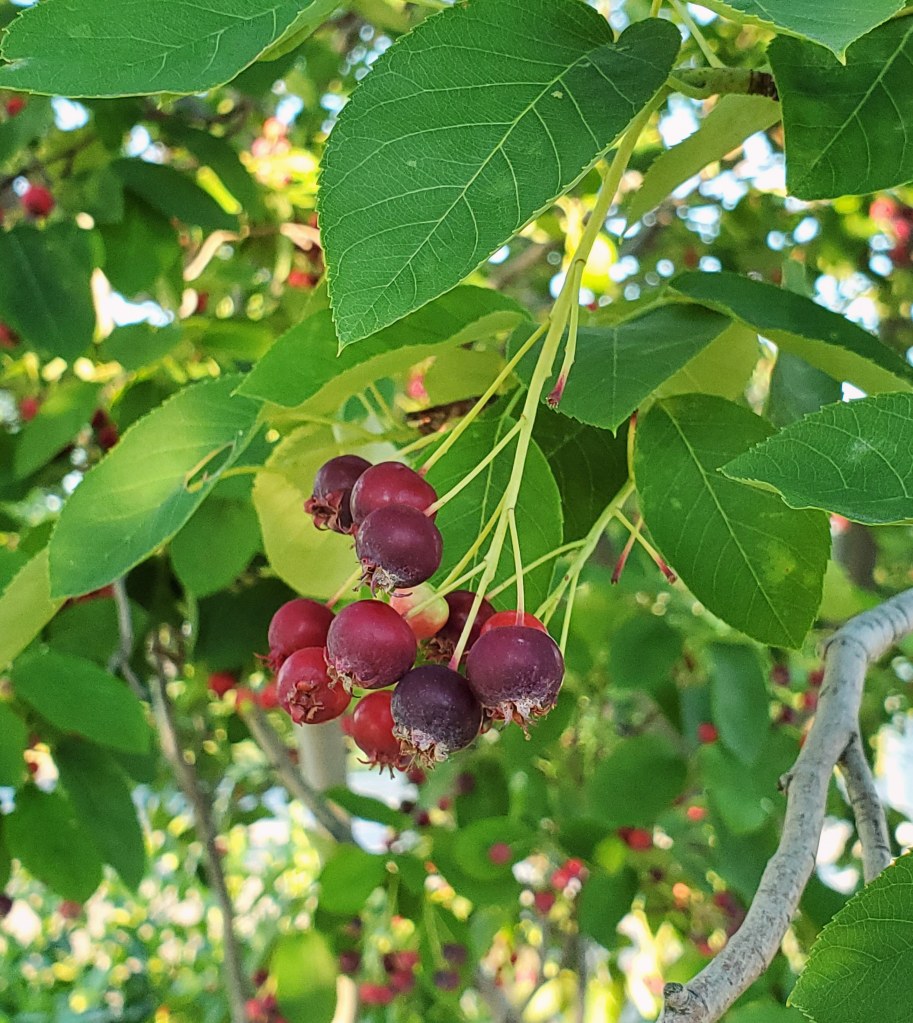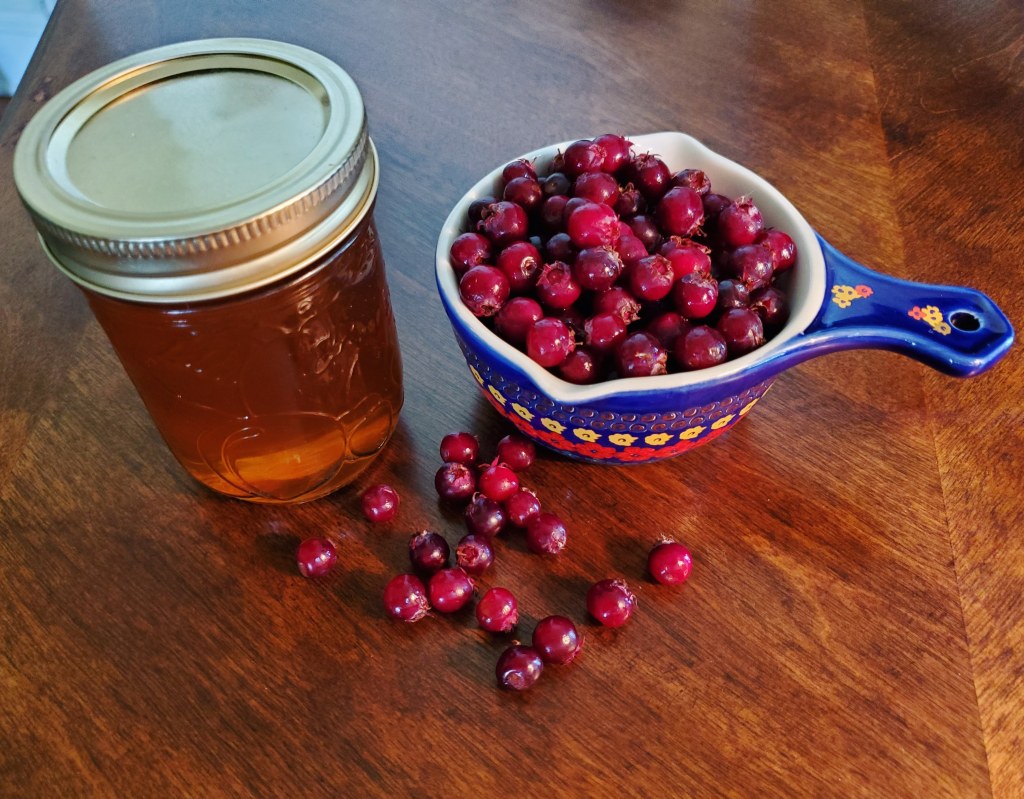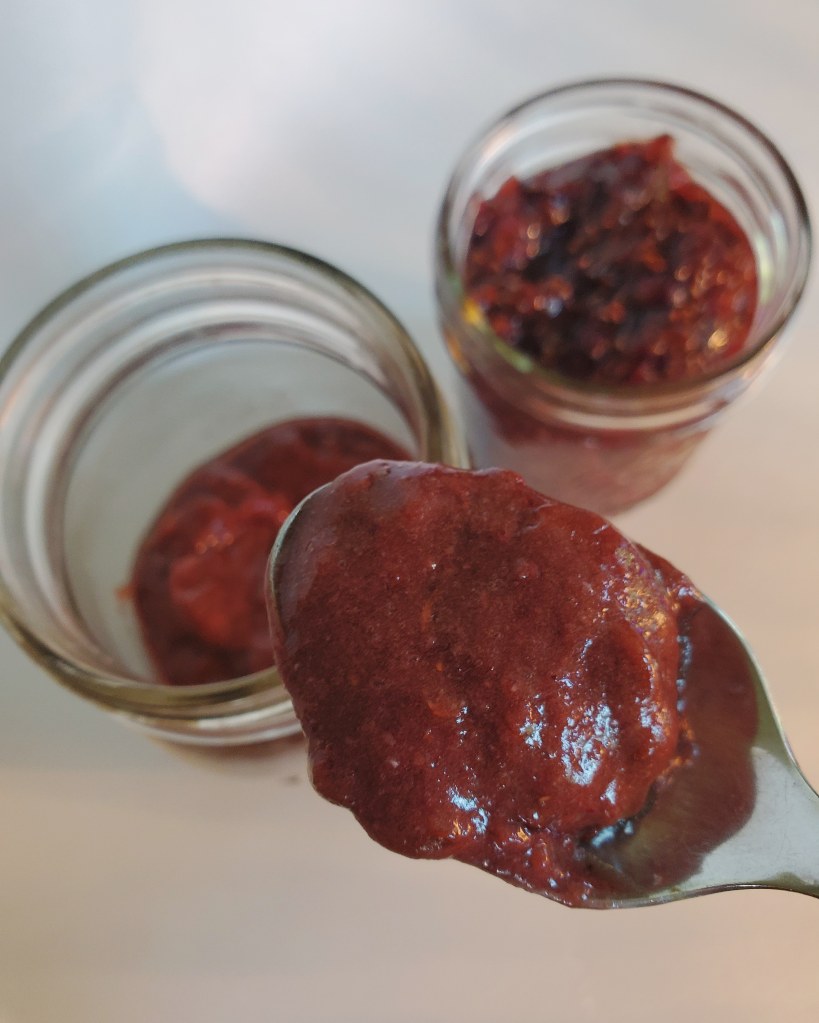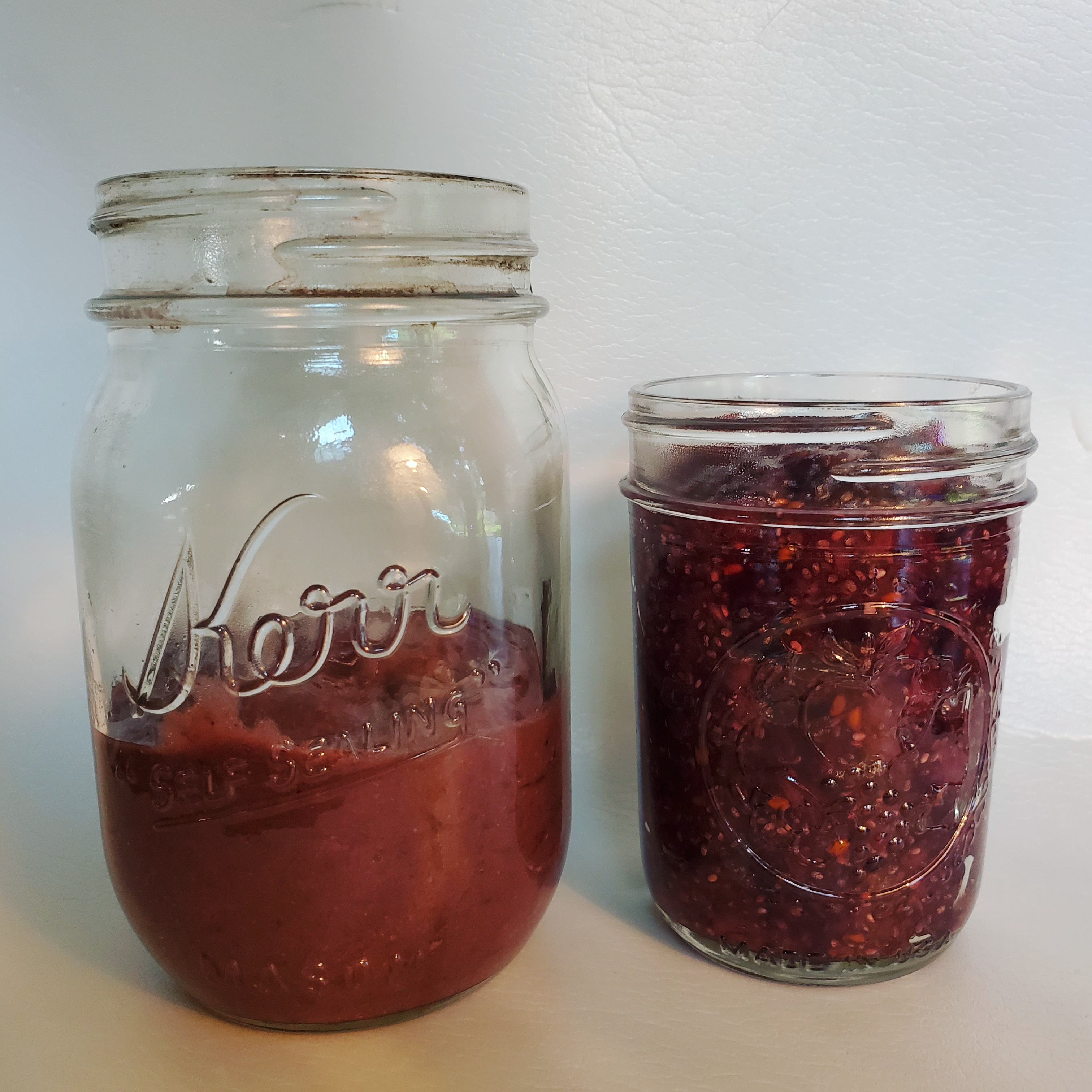Folate, or vitamin b9, is a water-soluble nutrient that was first discovered when it was found that brewer’s yeast (a source of b vitamins) could prevent anemia. Folate is essential for brain health, energy production, formation of red blood cells, immune system, protein metabolism, and regulation of homocysteine levels. It’s a coenzyme in DNA and RNA synthesis, so it is important for healthy cell division and replication. Folate is especially important during pregnancy as a deficiency can result in neural tube defects and/or premature birth. Pre-conception nutrition is important, because low folate levels BEFORE conception increases the risk of birth defects as well. For men, women, and children, low folate levels can cause anemia, digestive problems, fatigue, prematurely greying hair, memory problems, insomnia, paranoia, anxiety, weakness, growth impairment, and depression.

Just a “little bit” pregnant with my daughter, Eliana
Now the big debate: is there a difference between folate and folic acid? The short answer is yes. Folate is the version of b9 that occurs naturally in foods. Folic acid is a synthesized version of the vitamin that will never be found in nature. Vitamins are always best when obtained from real, whole food sources. For some, particularly for those with an MTHFR genetic defect (fairly common), folic acid can mean trouble as it can be difficult to convert the synthetic version over to the usable form of the vitamin.
Now here’s where food & supplement companies trick you:
- Even if folate is listed on the nutrition facts, it’s not always actually folate. Manufacturers know ‘folate’ is something consumers are looking for, so they may list it as “folate (as folic acid).” If the nutrition facts list the form as ‘folate’ but you see ‘folic acid’ on the ingredients list, it is indeed synthetic folic acid. If you do not see the word ‘folic acid’ anywhere in those two spots, it should be the natural form of the vitamin.

“Early Promise Prenatal” Gentle Multiple
- A product labeled “all natural” or “organic” is not always 100% natural and not always using natural forms of the vitamins. Check your labels for ‘folic acid.’ Many “high quality” nutritional shakes, protein powders, and multivitamins tout themselves as being natural or whole food based, when the reality is they’re going the cheap route and using poor quality vitamins. Marketing, marketing, marketing.
- Whole foods don’t need vitamin fortification, because they are whole foods. The nutrients are already in there, in the perfect balance nature intended. When you see a food fortified with folic acid, it means it’s been highly processed and is most likely not healthy at all.

(real food tastes better anyways!)
Where CAN I get folate from?
- Genuinely natural multivitamin or folate supplements. Check out my list of some of my favorite multivitamins that only use the food-derived folate instead of folic acid.
- REAL FOOD! Really, this is always the best way. While supplements can be helpful (especially during pregnancy) they can never replace the ample vitamins, minerals, and phytonutrients that unprocessed food provides. While toxicity risk is low, it’s still near impossible to overdose on folate from foods (who accidentally eats 14 cups of broccoli??), where it’s easy to overdose with a supplement by taking just a couple too many pills. You can’t absorb one vitamin properly without all of the appropriate co-nutrients in balance, and this is where whole food always delivers. For example, the best food source of folate is lentils. Let’s look at the breakdown of the nutrient content of lentils- it’s about way more than folate!

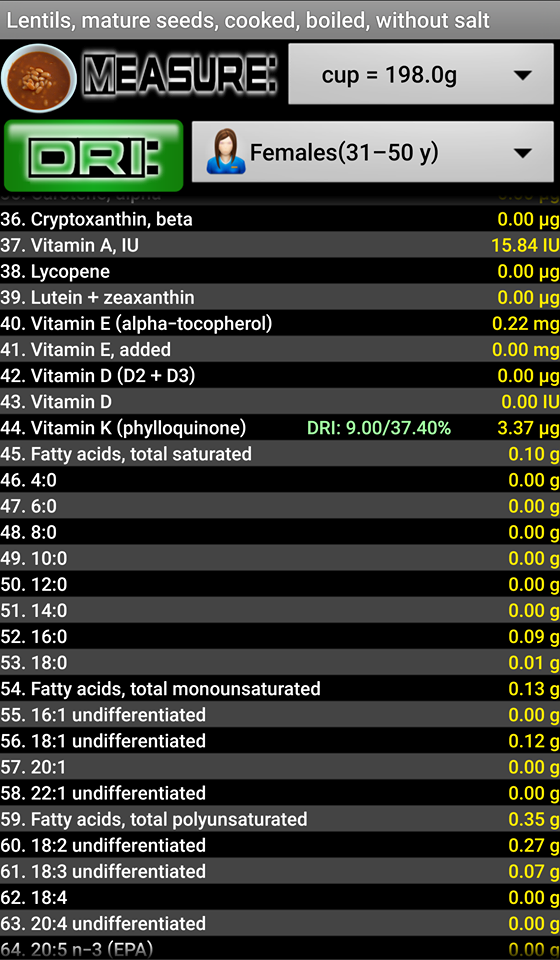
Data from USDA National Nutrient Database for Standard Reference Release 28, via “Nutrition Data” app
The best food sources of folate per 1 cup, according to daily value (DV):
- Lentils (90% DV)
- Pinto beans (74% DV)
- Garbanzo beans (71% DV)
- Asparagus (65% DV)
- Spinach (65% DV)
- Black beans (64% DV)
- Navy beans (64% DV)
- Kidney beans (57% DV)
- Collard greens (44% DV)
- Beet root (34% DV)
- Split peas (32% DV)
- Papaya- 1 whole (29% DV)

My “Fiesta Ranch” salad
If you want more in depth guidance to heal your body naturally, this is what I help people with every day! In my one-on-one personalized holistic health programs, we visit every area of your health in depth to ensure you accomplish all of your health goals permanently. My comprehensive programs give you the step-by-step nutritional changes, personal guidance, support, stress management, recipes, accountability, food sensitivity evaluations, and other tools necessary to make life-changing changes last a lifetime.
Contact me at 920-327-2221 or megan@aayushealth.com for your free consultation!
Warmly,
Megan Normansell, CHC, AADP, CFH
Certified Holistic Practitioner/Holistic Nutrition/Herbalist/Wild Edibles Guide
Follow me on Facebook and Instagram
for more recipes and healthy living ideas!
http://www.aayushealth.com – megan@aayushealth.com – 920-327-2221
Copyright Megan Normansell 2018 All rights reserved.
